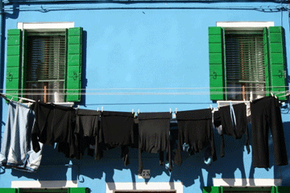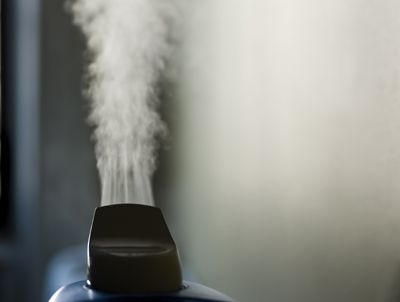1. Sorting Your Laundry
Before washing black clothes, it's essential to sort your laundry correctly. Separate your dark clothes from light colored clothing to prevent color transfer [Source: The Spruce]. Washing dark clothing together reduces the risk of your black garments picking up lint from lighter fabrics, which can make them look faded.
2. Turning Clothes Inside Out
To wash black clothes effectively, turn them inside out before loading them into the machine. This helps in reducing the friction that causes fading and protects the outer side of the fabric [Source: Martha Stewart]. This tip is particularly crucial to wash black clothes effectively without causing them to lose color or get damaged.
3. Selecting the Right Wash Cycle
Choosing the right wash cycle is paramount when washing black clothes. Opt for a gentle or delicate cycle to minimize wear and tear on your dark clothes. This reduces the agitation during washing, which can otherwise lead to fading and weakening of the fabric [Source: The Spruce].
4. Temperature Matters: Cold Water
Unlike light colored clothes, always use cold water when washing dark clothes. Warm or hot water can cause the colors to bleed and fade. Cold water not only preserves the color but is also energy efficient and less harsh on delicate fabrics [Source: Martha Stewart].
5. The Correct Laundry Detergent
Use a laundry detergent specifically designed for washing dark clothes. These detergents are formulated to maintain color vibrancy and prevent fading. Avoid using too much detergent, as this can leave residues on dark fabrics, making them look dull.
6. Avoid Bleach and Fabric Softeners
Never use bleach on black clothes. Even "color-safe" bleaches can strip away the darkness from your garments. Additionally, fabric softeners can leave a coating that dulls the color of dark clothing. Instead, opt for a mild detergent.
7. Drying Dark Clothes
The best way to dry dark clothes is to hang them out of direct sunlight. Sunlight can fade the color of your garments. If using a dryer, choose a low heat setting and remove the clothes while they are still slightly damp to avoid over-drying, which can lead to fading [Source: Martha Stewart].
8. Storing Dark Clothing
Proper storage is essential to maintain the quality of dark clothes. Keep them in a cool, dark place to prevent fading. Avoid using wire hangers that can misshape your clothes; instead, use padded or plastic hangers.
9. Treating Stains on Dark Fabrics
Treat stains on dark fabrics carefully. Avoid harsh stain removers, and opt for gentle, color-safe options. Apply the stain remover to the inside of the garment first to test for colorfastness.
10. Washing Frequency
Limit the frequency of washing. Every wash can fade the color, so only wash them when necessary [Source: The Spruce]. Instead of washing after every wear, air out the garments and spot clean if needed.


